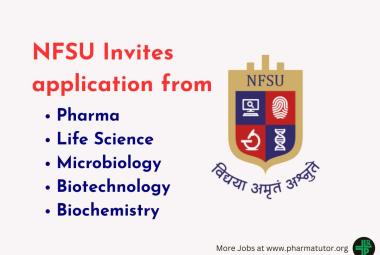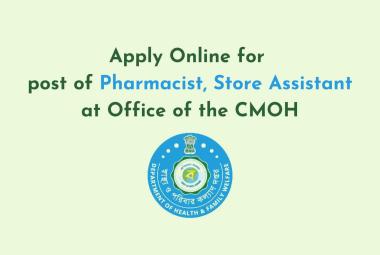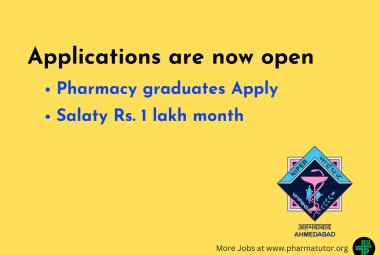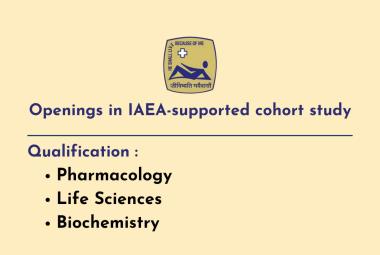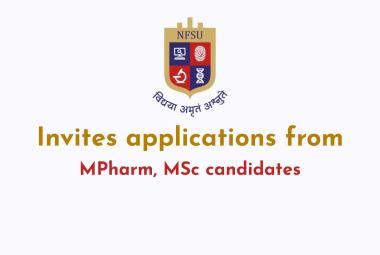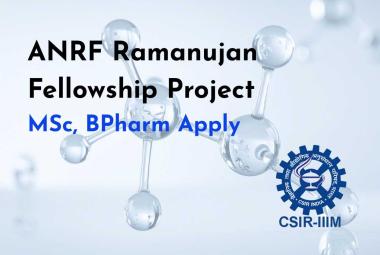Patent Search
 About Authors: Patel Rahul G.
About Authors: Patel Rahul G.
Quality Assurance Devision,
Arihant School of pharmacy and Bioreseach institute,
Ahmedabad, Gujarat, India.
Reference ID: PHARMATUTOR-ART-1071
Abstract
Patent right can be conformed to any invention which can fulfill the criteria of novelty, non obviousness and commercial utility .To check the novelty and non obviousness aspect of invention, patent search and prior art search are very essential. Every country has its own patent right. As India is growing very rapidly in pharmaceutical sector, there is a need of information about the patent search. Patent search has to be done for both granted patents and published patents as well as for research publications. There are number of databases are available to do patent search which includes ..
(1) Free databases like google patents, USPTO, EPO, Free patents online etc.
(2) Paid databases like scifinder, micropat, patent insight pro etc.
Each databases have its own merits and demerits. Hear we have included statements and all databases regarding patent search also how to file a patent in more than one country by single patent application.
The objective of this paper would be to provid ready reckner to any researcher who would like to begin their patent search and will get better idea regarding scopes and limitation of his search to develop research strategy accordingly.



 About Authors:
About Authors: About Authors:
About Authors: About Authors:
About Authors: About Authors:
About Authors:  About Author:
About Author: About Author:
About Author: